Home>Renovation & DIY>Tools & Equipment>How To Unscrew A Square Screw Without A Screwdriver
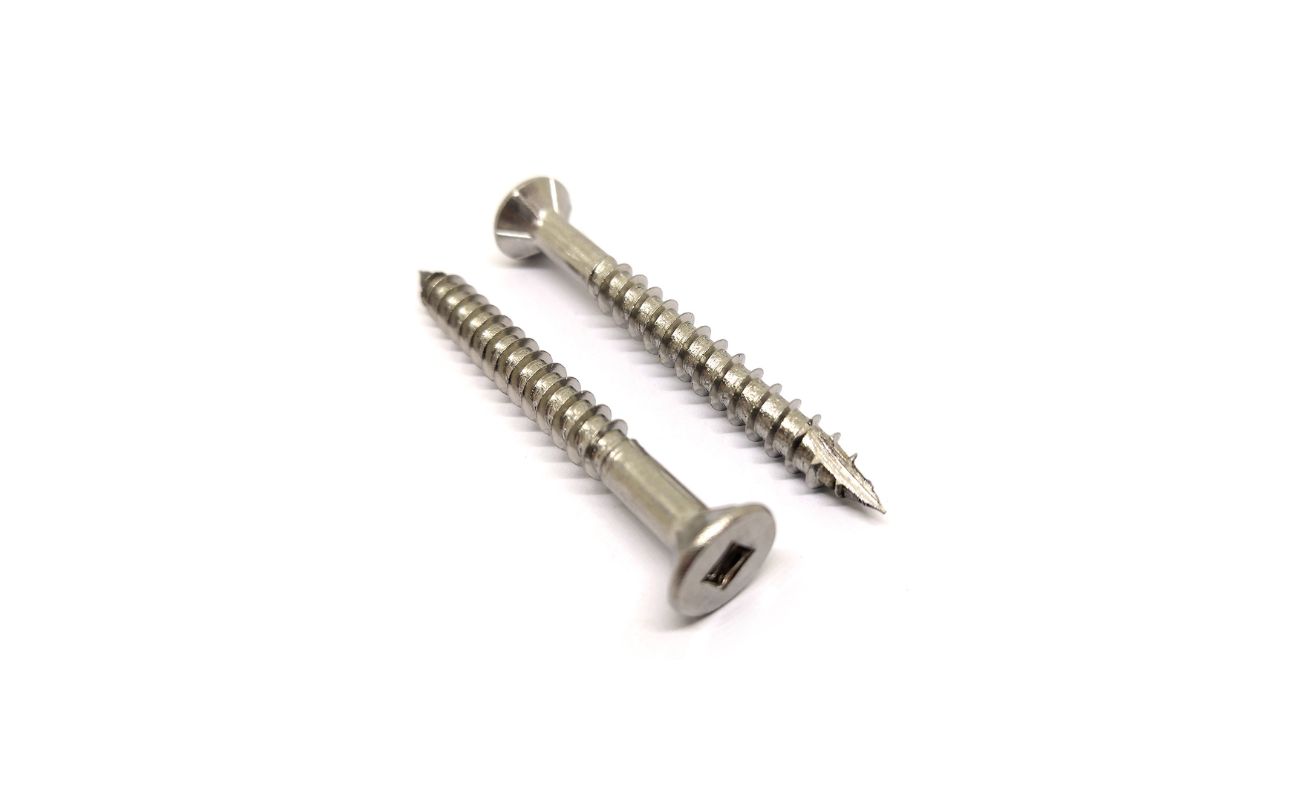

Tools & Equipment
How To Unscrew A Square Screw Without A Screwdriver
Modified: May 6, 2024
Learn how to unscrew a square screw without a screwdriver using simple tools and equipment for an easy DIY solution.
(Many of the links in this article redirect to a specific reviewed product. Your purchase of these products through affiliate links helps to generate commission for Storables.com, at no extra cost. Learn more)
Introduction
When it comes to home improvement or repair projects, encountering a stubborn square screw can be quite frustrating. Square screws, also known as Robertson screws, have a unique square-shaped recess in their heads, making them different from traditional slotted or Phillips screws. While square screws provide excellent grip and prevent slippage, they can pose a challenge when it’s time to unscrew them.
Thankfully, you don’t always need a specialized square screwdriver to remove these screws. In this article, we will explore alternative tools and methods that can help you unscrew a square screw easily. From using basic tools found in your toolbox to creating a DIY solution, these methods will ensure that you can tackle any square screw with confidence.
So, if you’re ready to learn how to master the art of unscrewing square screws without a screwdriver, let’s dive right in!
Key Takeaways:
- Don’t let a lack of a square screwdriver stop you – use a flathead screwdriver, pliers, or even create a DIY square screwdriver to easily unscrew square screws without specialized tools.
- For larger or stubborn square screws, leverage the power of a drill with a square bit to efficiently and effectively remove them, ensuring your home improvement projects are hassle-free.
Understanding Square Screws
Square screws, also known as Robertson screws, were invented by Canadian businessman Peter Lymburner Robertson in the early 1900s. Unlike traditional slotted or Phillips screws, square screws have a square-shaped recess in their heads, allowing for a more secure grip and reducing the risk of slippage.
The primary advantage of square screws is their efficiency. With a square recess, the screwdriver sits securely in place, preventing it from slipping and stripping the screw. This makes them ideal for high-torque applications, as they can withstand greater force without causing damage.
Square screws are commonly used in industries such as construction, woodworking, and automotive. They can be found in various sizes and types, including wood screws, machine screws, and self-tapping screws.
While square screws provide many benefits, they can also be challenging to work with if you don’t have the appropriate screwdriver on hand. Fortunately, there are alternative tools and methods you can use to unscrew square screws without a screwdriver.
Next, we will explore these alternative tools and methods, allowing you to tackle any square screw with ease and confidence.
Alternative Tools for Unscrewing Square Screws
Unscrewing a square screw without a dedicated square screwdriver may seem daunting, but there are several alternative tools you can use to get the job done. Let’s explore some of the most effective options:
- Flathead Screwdriver: While a flathead screwdriver might not be a perfect fit for a square screw, it can still be used as a makeshift tool in a pinch. Insert the flathead screwdriver into one of the corners of the square recess and apply gentle pressure while turning counterclockwise. Be cautious not to apply too much force as it can cause the screwdriver to slip and potentially damage the screw head.
- Pliers or Adjustable Wrench: Another option is to use a pair of pliers or an adjustable wrench. Grip the square screw head firmly with the pliers or wrench and turn it counterclockwise. This method requires extra caution to avoid damaging both the screw and the surrounding surface, so take your time and apply steady pressure.
- DIY Square Screwdriver: If you’re feeling crafty, you can create your own DIY square screwdriver using common household items. Find a small flathead screwdriver that fits snugly into one corner of the square recess. Then, use a pair of pliers to carefully bend the screwdriver shaft to a 90-degree angle. This modified tool can provide better leverage and grip when unscrewing square screws.
- Power Drill with Square Bit: For larger or stubborn square screws, using a power drill with a square bit is the most efficient option. Simply attach the square bit to your power drill’s chuck and set it to reverse mode. Place the bit into the square recess and gently squeeze the trigger, allowing the drill to do the hard work for you.
Remember to exercise caution and apply steady, controlled force when using alternative tools. It’s crucial to avoid damaging the screw, the surrounding surface, or injuring yourself during the unscrewing process.
Now that you have a range of alternative tools at your disposal, let’s explore some specific methods for unscrewing square screws without a screwdriver in the next section.
Method 1: Using a Flathead Screwdriver
One of the simplest methods for unscrewing a square screw without a dedicated square screwdriver is by using a flathead screwdriver. While a flathead screwdriver may not be an exact fit for the square recess, it can still serve as a makeshift tool to get the job done.
Here’s how to unscrew a square screw using a flathead screwdriver:
- Select a flathead screwdriver that closely matches the width of one of the corners of the square recess.
- Insert the flathead screwdriver into the chosen corner of the square recess, ensuring a snug fit.
- Apply gentle pressure and turn the screwdriver counterclockwise to loosen the square screw.
- Continue turning until the screw is completely loosened and can be easily removed.
It’s important to note that when using a flathead screwdriver, you may encounter some resistance due to the mismatched shape. To prevent slipping and potential damage to the screw head, make sure to apply gentle and controlled force. If the screw is particularly tight or stubborn, it may be necessary to use additional tools or methods.
Now that you’ve successfully learned how to unscrew a square screw using a flathead screwdriver, let’s move on to the next method.
Use a small flathead screwdriver or a coin to fit into the square screw head and turn it counterclockwise. If that doesn’t work, try using a pair of pliers to grip the screw head and turn it.
Method 2: Using Pliers or Adjustable Wrench
If you don’t have a square screwdriver on hand, another effective method for unscrewing square screws is by using a pair of pliers or an adjustable wrench. This method provides a firm grip on the screw head, allowing you to apply torque and successfully loosen the screw.
- Choose a pair of pliers or an adjustable wrench that can comfortably grip the square screw head.
- Position the jaws of the pliers or wrench around the square screw head, ensuring a secure grip.
- Apply steady pressure in a counterclockwise direction to loosen the screw.
- Continue turning until the screw is loosened enough to be easily removed.
When using pliers or an adjustable wrench, it’s important to exercise caution to avoid damaging the screw head or the surrounding surface. Ensure that the jaws of the tool grip the screw head firmly, but not so tightly that they cause deformation or slippage. Apply consistent and controlled force to prevent any accidental slips or mishaps.
If the square screw is particularly tight or stubborn, you can try using an additional tool, such as a small piece of cloth or rubber, to provide better grip and leverage. Wrap the cloth or rubber around the screw head before using the pliers or wrench to increase friction and improve your grip on the screw.
Now that you’ve learned how to unscrew a square screw using pliers or an adjustable wrench, let’s explore another method in the next section.
Method 3: Creating a DIY Square Screwdriver
If you find yourself without a square screwdriver, don’t worry! You can create your own DIY square screwdriver using common household items. This method allows you to fashion a tool that can provide better grip and leverage to unscrew stubborn square screws.
Here’s how you can create a DIY square screwdriver:
- Find a small flathead screwdriver that can fit snugly into one of the corners of the square recess.
- Using a pair of pliers, carefully bend the shaft of the flathead screwdriver at a 90-degree angle.
- Ensure that the bent portion of the screwdriver shaft aligns with the corner of the square recess.
- Insert the modified DIY square screwdriver into the corner of the square recess and apply gentle pressure.
- Turn the screwdriver counterclockwise to loosen the square screw.
- Continue turning until the screw is fully loosened and can be easily removed.
By creating a DIY square screwdriver, you can achieve a better fit and engagement with the square screw, reducing the risk of slipping or damaging the screw head. The bent portion of the screwdriver shaft acts as a makeshift square bit, providing the necessary torque to remove the screw.
Remember to handle the DIY square screwdriver with care to avoid any accidental injuries or damage. If the screw is particularly stubborn, you may need to use additional tools or methods to assist in the unscrewing process.
Now that you’ve learned how to create a DIY square screwdriver, let’s explore the final method in the next section.
Method 4: Using a Power Drill with a Square Bit
If you have a power drill available, using a square bit attachment is a highly efficient method for unscrewing square screws. This method provides both convenience and greater torque, making it the ideal option for larger or stubborn square screws that require extra power to be removed.
Here’s how you can use a power drill with a square bit to unscrew square screws:
- Attach a square bit to the chuck of your power drill, ensuring a secure fit.
- Set your power drill to the reverse or counterclockwise mode.
- Place the square bit into the square recess of the screw.
- Gently squeeze the trigger of the power drill to start turning the screw counterclockwise.
- Apply steady pressure to keep the bit engaged with the screw as it loosens.
- Continue turning until the screw is fully loosened and can be easily removed.
Using a power drill with a square bit allows for quicker and easier removal of square screws, especially in situations where manual force may be insufficient. The power drill provides consistent and powerful rotation, making the unscrewing process faster and more efficient.
It’s important to exercise caution when using a power drill, especially if you’re not accustomed to using one. Always wear appropriate safety gear, such as safety goggles, and maintain a firm grip on both the drill and the workpiece.
Now that you know how to unscrew square screws using a power drill with a square bit, you have a comprehensive set of methods to tackle any square screw removal task.
Conclusion
Unscrewing a stubborn square screw without a dedicated square screwdriver may seem like a challenging task, but with the right tools and methods, it can be easily accomplished. In this article, we’ve explored alternative tools and techniques that allow you to tackle square screws without the need for a specialized screwdriver.
We started by understanding the unique features of square screws, which provide excellent grip and prevent slippage. These screws are commonly used in various industries and come in different sizes and types.
Next, we discussed alternative tools for unscrewing square screws. From using a flathead screwdriver to gripping the screw head with pliers or an adjustable wrench, these tools can provide a viable solution when a square screwdriver is not available.
We also explored the DIY approach of creating a square screwdriver using a modified flathead screwdriver, allowing for a better fit and engagement with the square screw. Additionally, we learned how to leverage the power of a power drill with a square bit, which is especially useful for larger or stubborn square screws.
Throughout these methods, it’s important to exercise caution, apply controlled force, and avoid damaging the screw or surrounding surfaces. Safety should always be a priority when working with tools.
In conclusion, armed with the knowledge and techniques provided in this article, you are now well-equipped to tackle the challenge of unscrewing square screws without a screwdriver. Whether you choose to utilize a flathead screwdriver, pliers, a DIY square screwdriver, or a power drill with a square bit, you have a range of effective options at your disposal.
Remember, patience and persistence are key when dealing with stubborn screws. With practice and the right tools, you’ll become proficient in unscrewing square screws and successfully complete your home improvement or repair tasks.
After mastering the art of unscrewing square screws without a screwdriver, why not broaden your DIY skills further? Our next guide covers all you need for effective home maintenance and fixes. Whether you're dealing with a leaky faucet or a creaky door, our comprehensive insights will equip you with the know-how for tackling various challenges around your house. Dive into our detailed walkthroughs and become proficient in maintaining your living space effortlessly.
Frequently Asked Questions about How To Unscrew A Square Screw Without A Screwdriver
Was this page helpful?
At Storables.com, we guarantee accurate and reliable information. Our content, validated by Expert Board Contributors, is crafted following stringent Editorial Policies. We're committed to providing you with well-researched, expert-backed insights for all your informational needs.
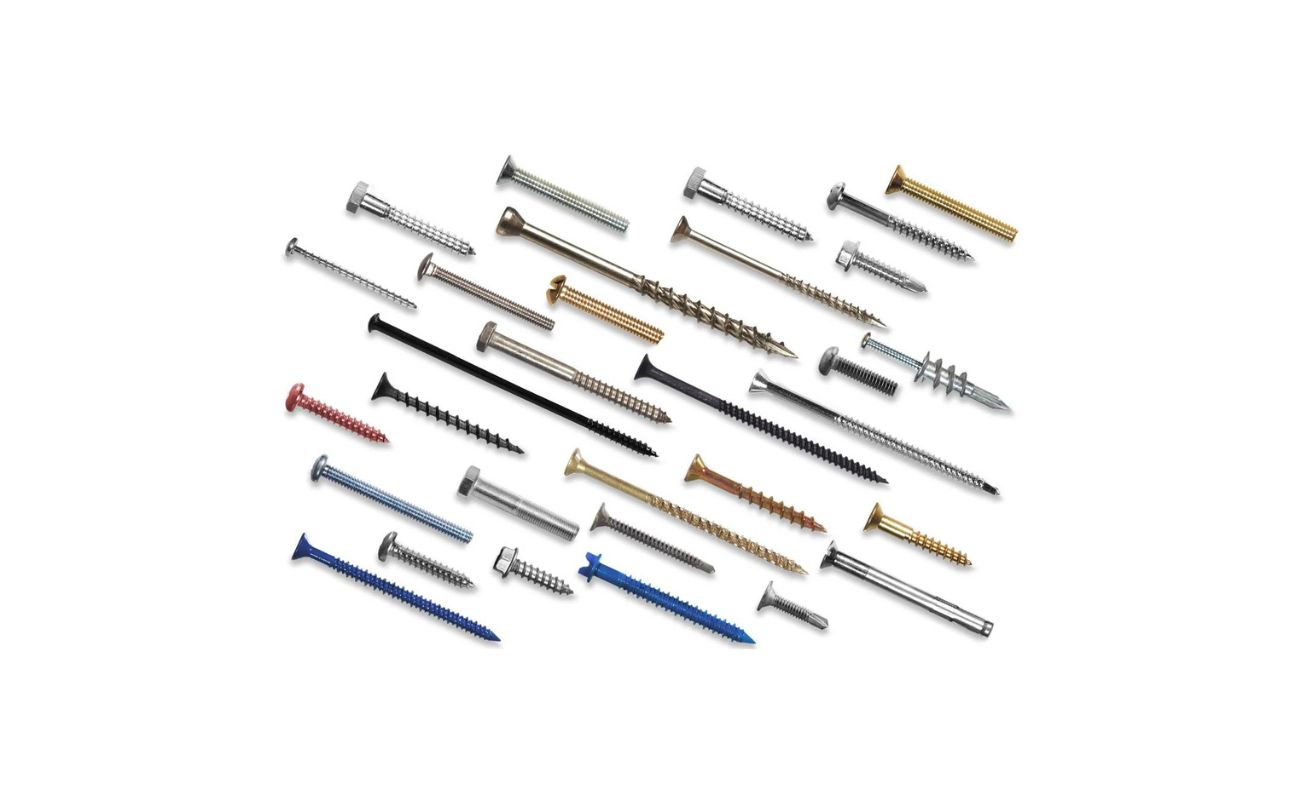
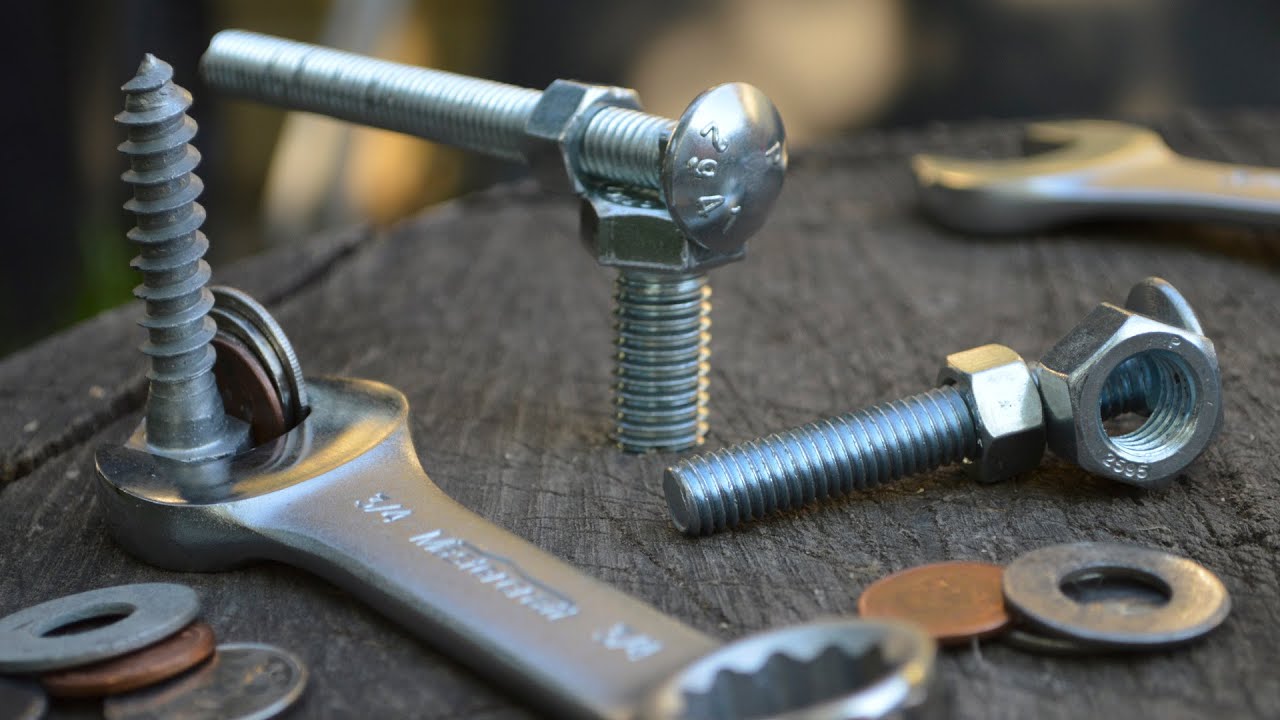
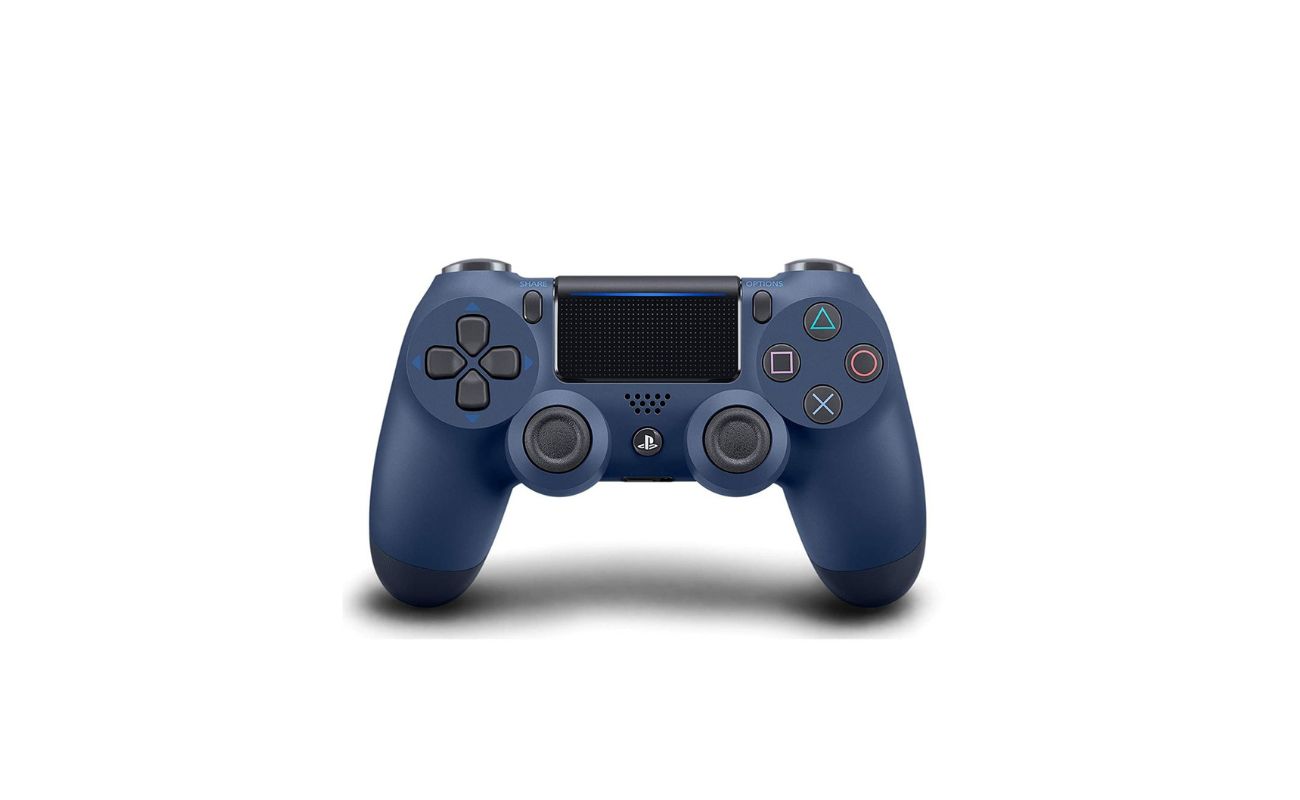
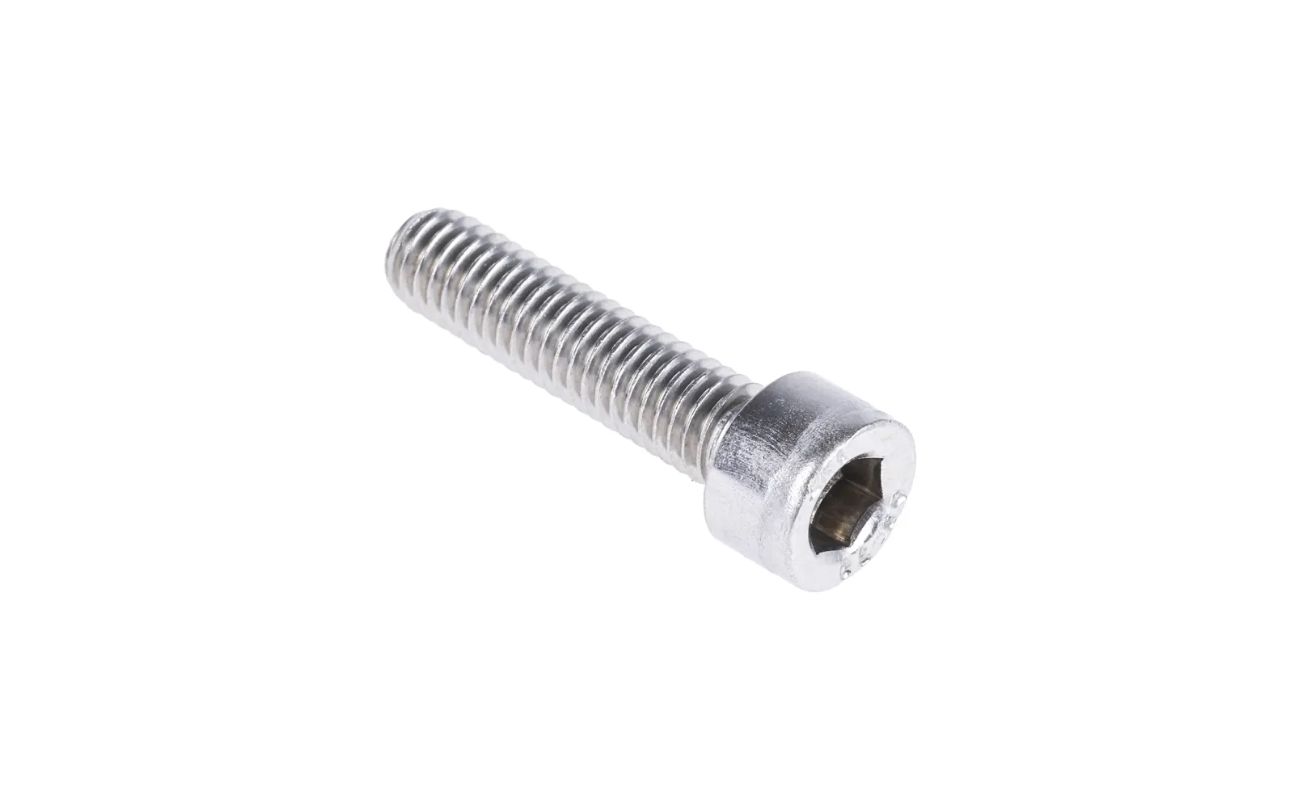
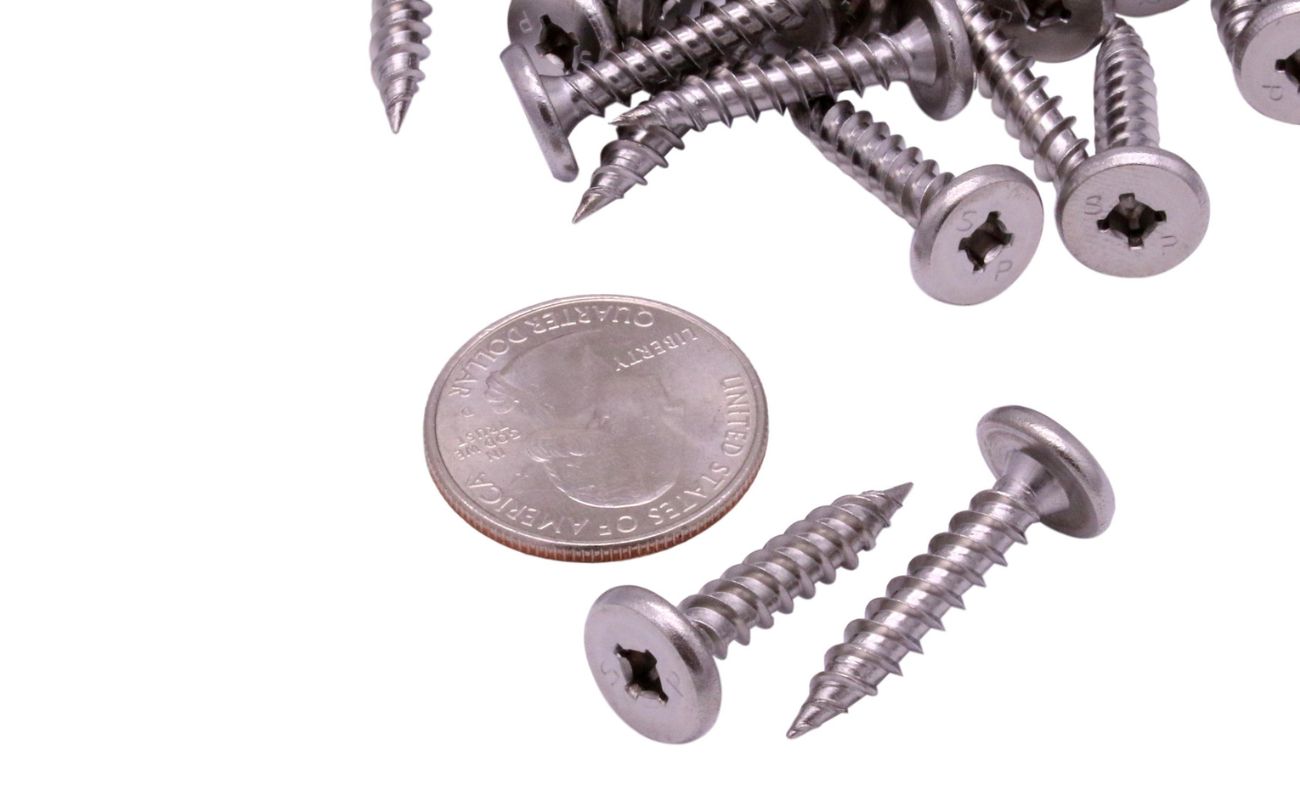
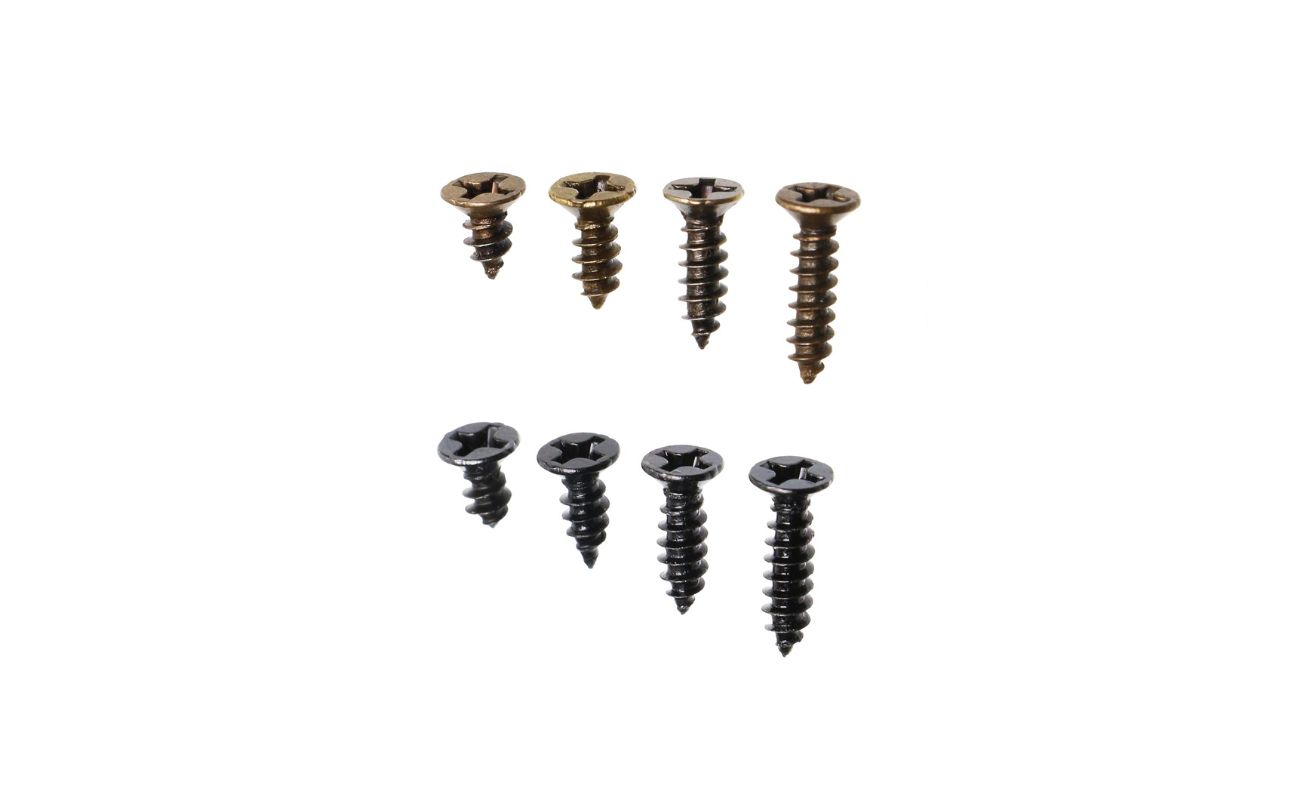
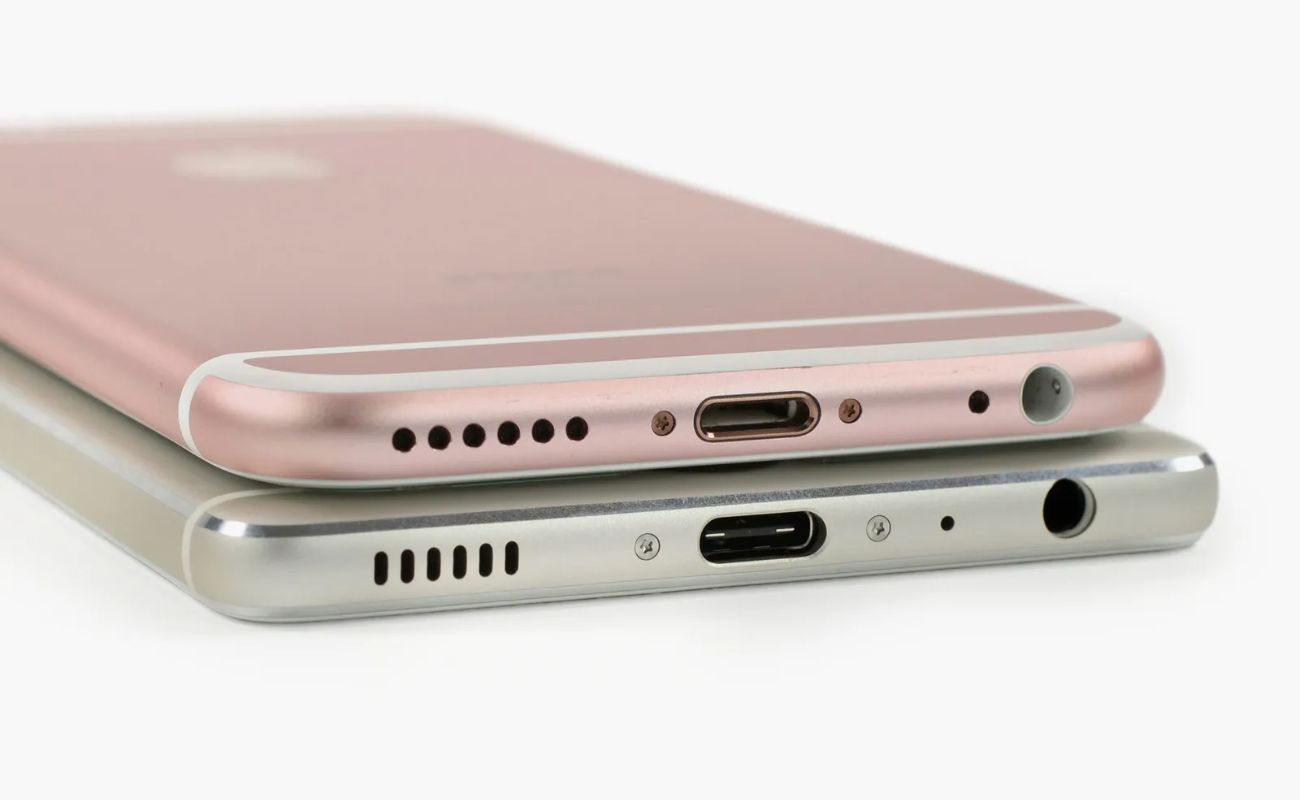
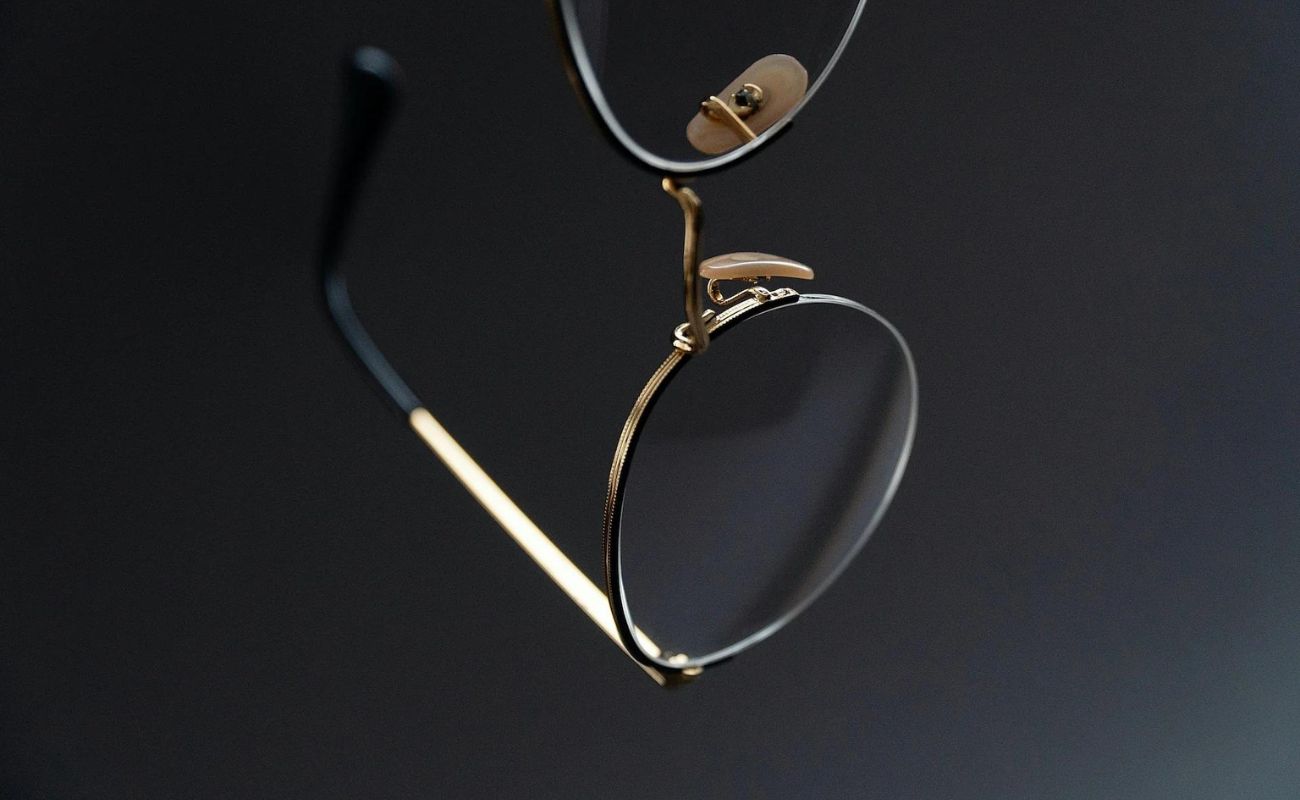
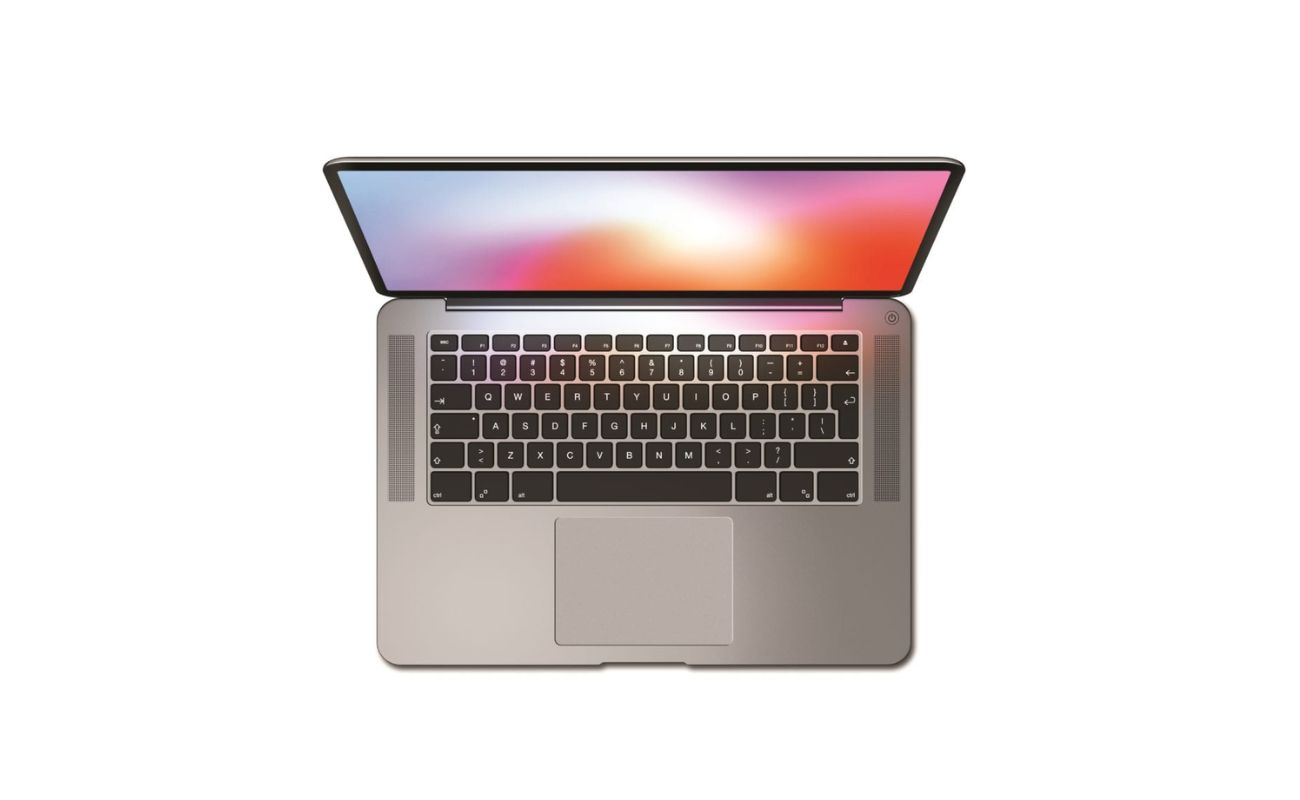
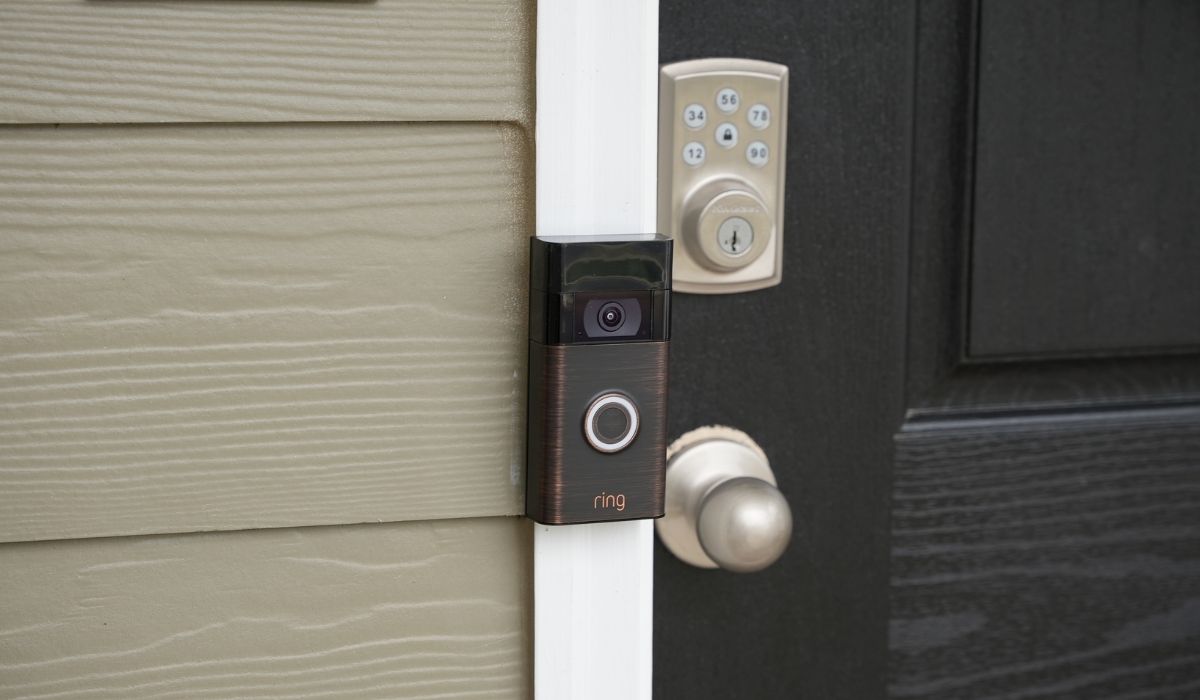
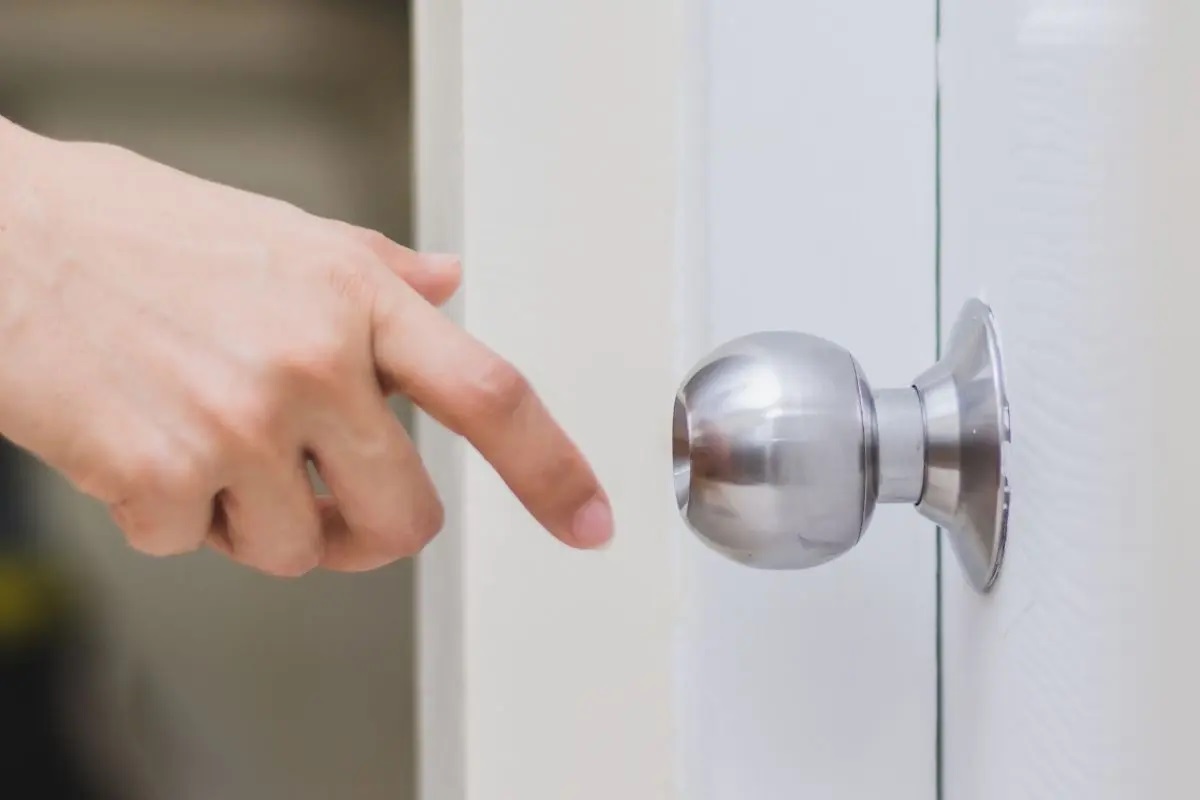
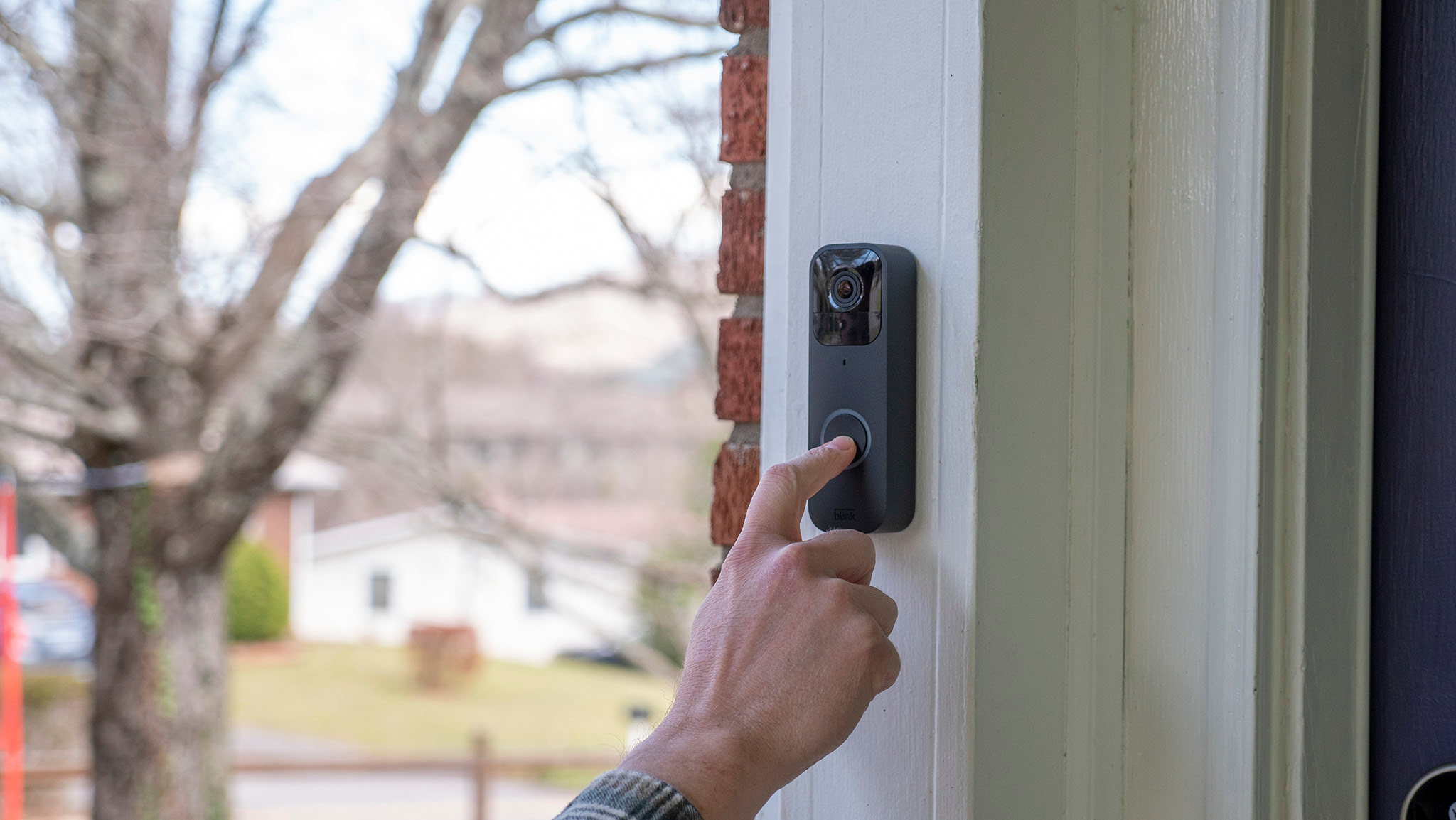
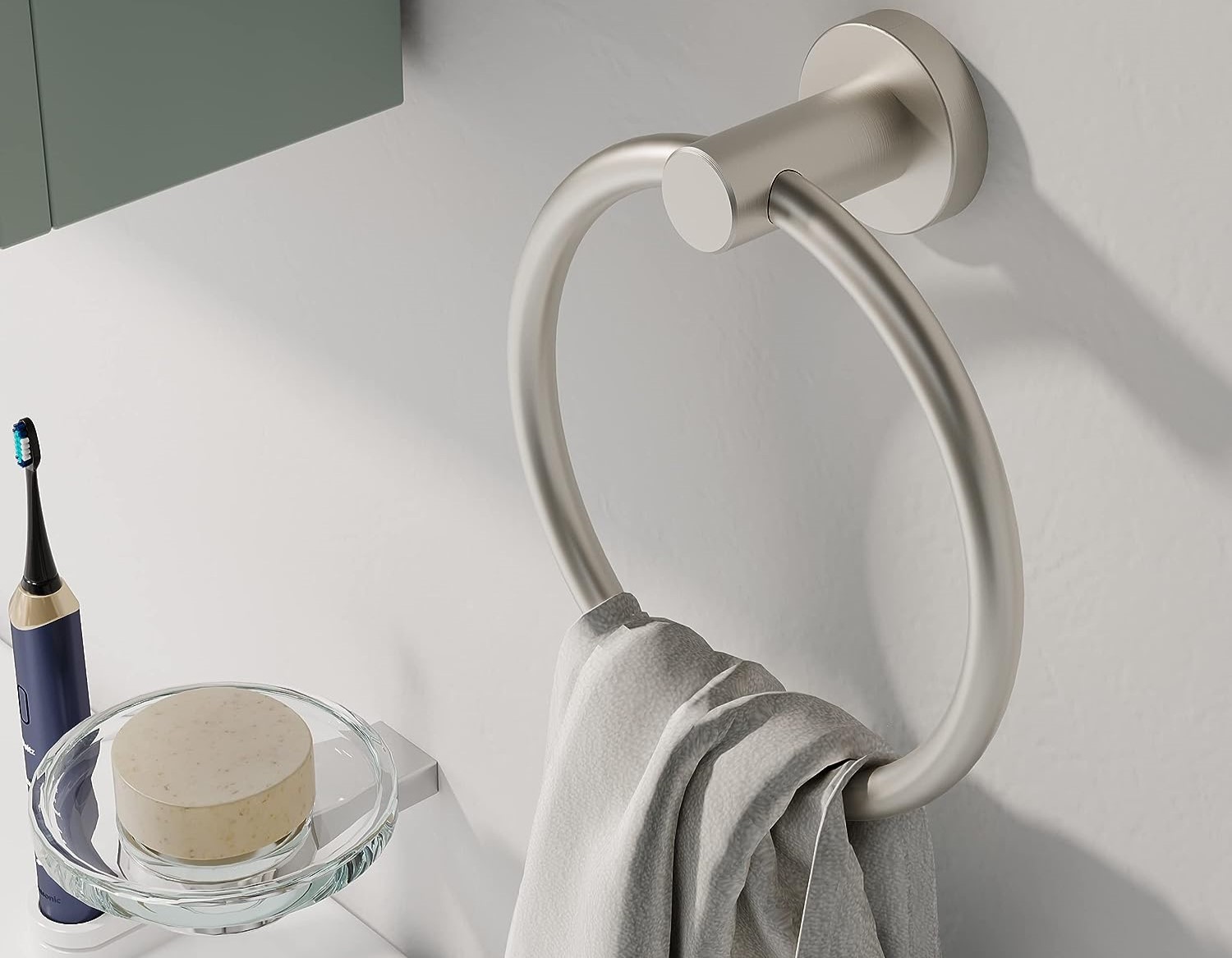
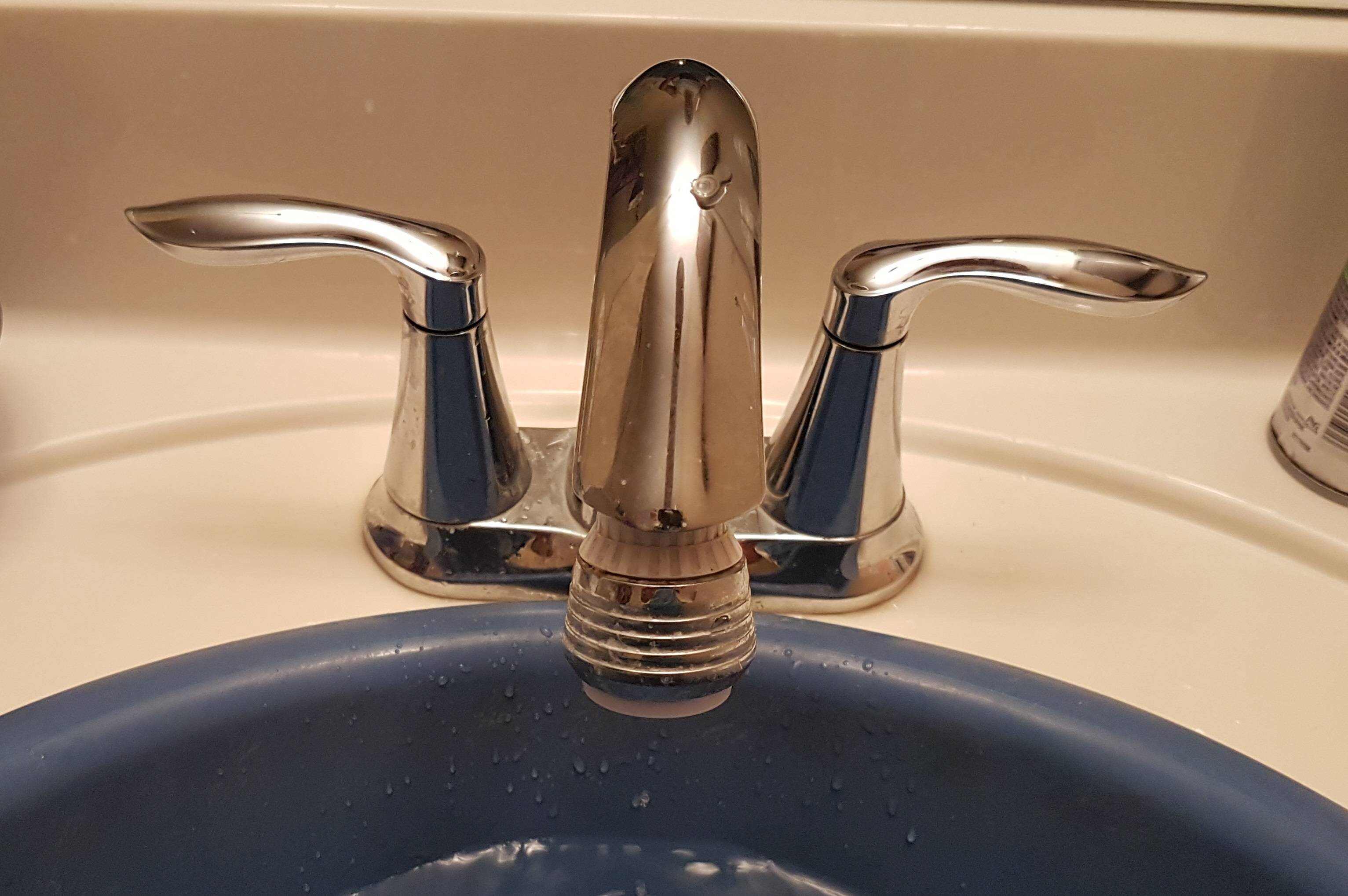

0 thoughts on “How To Unscrew A Square Screw Without A Screwdriver”